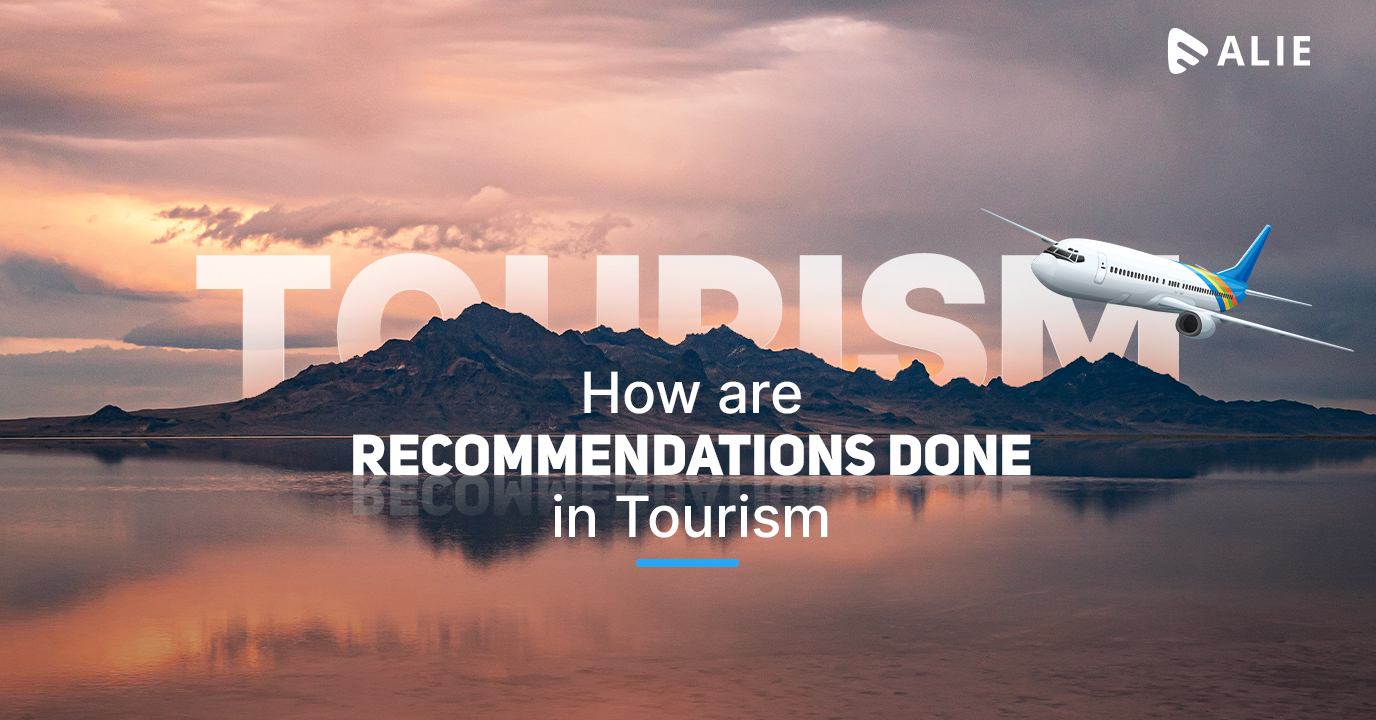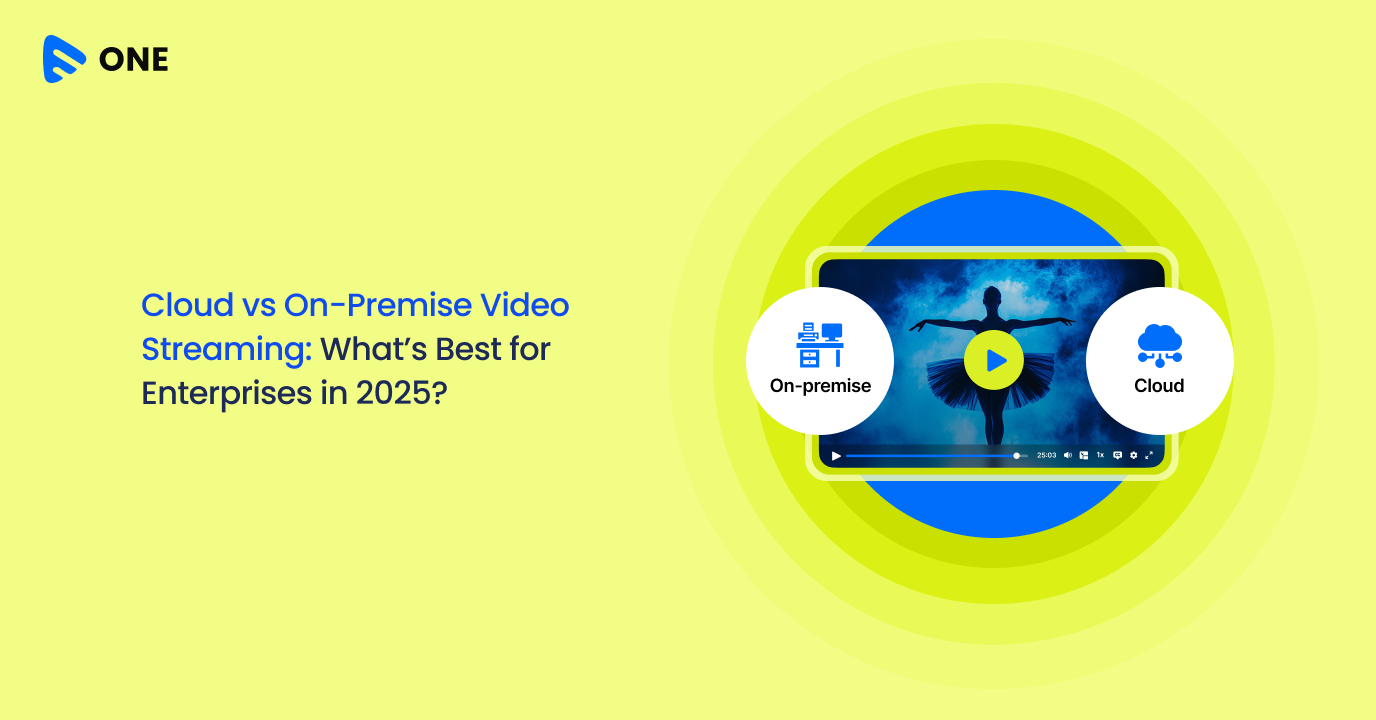It is true that the coronavirus pandemic hit the tourism industry with a storm. However, the industry bounced back once the lockdown norms started to ease. There were two major reasons for the gigantic comeback; the former was that people felt suffocated at one place, and the latter was that the tourism recommendation engine compelled people to come out of their homes and go to the places they loved the most. Some might wonder how a tool can do such a thing? Let us learn more about the tourism recommendation engine and how it helps the tourism industry in this blog.
What is a Tourism Recommendation Engine?
To understand the tourism recommendation engine, we first need to know what a recommendation engine is. A recommendation engine is nothing but a tool that takes into account the past activities of users on a website and recommends products or services that they are most interested in. Here, past activities include browsing history, likes and dislikes, and demographics, and even a user’s travel bio.
The tourism recommendation engine is when a recommendation engine starts taking into consideration the travel destinations of a country or anywhere in the world along with users’ interest to recommend tour packages, best destinations, or travel routes. To do so, they use different filtering techniques such as collaborative filtering, content-based filtering, or hybrid filtering. You can read more about different types of filtering techniques in this blog: Different Algorithms used in a Recommendation Engine.

Two Major Recommendations Made by Tourism Recommendation Engine
1. Tour Packages
Have you ever wondered how some recommendations of trips look like they are tailored made for only you? Well, because they are. Based on your past search history, browsing history, and your preferences of the ‘trips’ you choose to explore, the recommendation engine curates a list of all such trips and suggests it to you on your homepage. For this, the recommendation engine chooses content-based filtering. It will list down all the itineraries of the tour package you either liked or explored earlier. Based on these itineraries(also called metadata in the recommendation engine), it will curate a list of such tour packages. A basic example of this is when you search for a ‘bike trip to Las Vegas, it will suggest tour packages that will consist of the two most important entities’ bike trip’ and ‘Las Vegas.
2. Best Destination
The recommendation of ‘best destination’ can sometimes be common to all as the list will most likely include the topmost crowded tourist places. However, once you click on one of these destinations, all the rest of the recommendations will be tailored to you. For this, it uses a hybrid filtering system which means that it takes into consideration an individual’s choice as well as that of similar taste. For example, a recommendation engine will notice a place you explored, such as ‘Austria’. Now it will list down places similar to Austria and will also see what other people(the ones who have searched Austria) explore. Now the tool will accumulate both the lists and suggest the tour packages.
Conclusion
The tourism industry is one such industry where there is an abundance of options. A tourist can opt for the millions of websites claiming to be the best at what they do, and tourists also have the option of choosing a local guide. How to compete in such a scenario? By being up to date with the technologies that can take your organization to the next level. The recommendation engine is one such tool that helps personalize users’ browsing experience on your website, which is most likely to make them your customer. Start with exploring Alie, which offers multiple filtering techniques through which you can recommend a wide range of suggestions. Try the 14-day free trial of Alie now.


















Add your comment